
The causative agent of plague - Yersinia pestis
Made by Sikalo Vitalina Student of 6 group, 2 year
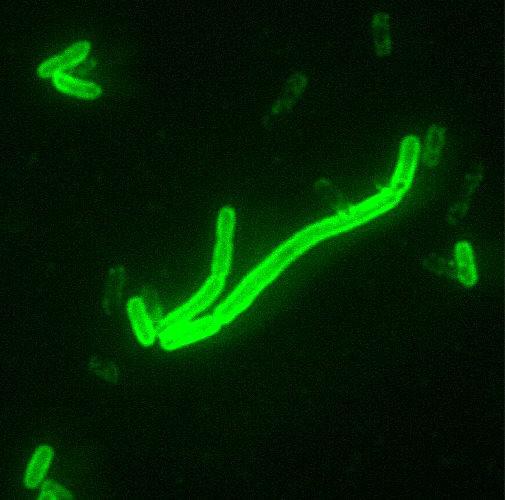
Classification
•Higher order taxa
•Kingdom: Eubacteria
•Phylum: Proteobacteria
•Class: Gamma Proteobacteria
•Order: Enterobacteriale
•Genus: Yersinia
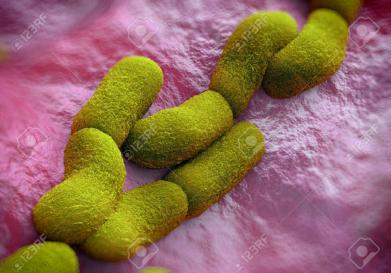
Description and
•Yersinia pestis was discovered in Hong Kong in 1894 by a Swiss physician Alexandre Yersin, who was a student of the Pasteur school of thought. He linked Y. pestis to the bubonic plauge, an epidemic that ravaged Europe during the 1300s.
•The organism was isolated during a outbreak in Hong Kong, a new geographical region for the organism that has been seen in Europe and Africa.
significance• It is very important to have the genome sequenced for Y. pestis because this organism is capable of causing very fatal
diseases. Since scientists were able to sequence the genome, they now have information of how diseases caused by this pathogenic bacteria develop and also the evolutionary history of the bacteria.
• Having the genome sequence also means that they are able to
other species that are
Yersinia pestis which can outbreaks.
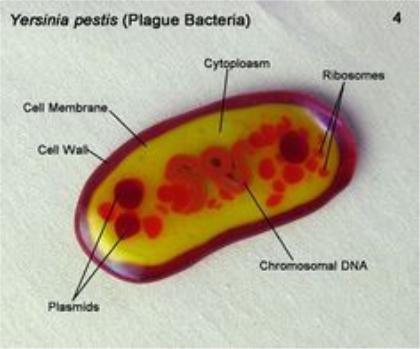
Genome structure
•Yersinia pestis has three subspecies and two have been sequenced, strain KIM and strain CO92. Each strain consists of one chromosome. Strain KIM consists of 4,600,755 base pairs and has a circular chromosome.
•"This strain is also related with the
4,653,728 three pPCP1) 70.3 kb
•Strain KIM also carries these plasmids. These plasmids along with a pathogenicity island called HPI, create a protein that causes the pathogenicity of the organism. These factors are important for adhesion and injection of proteins into the host cell, invasion of the bacteria and binding of iron from red blood cells.
•The genome has many insertion sequences and many G-C base pair differences, which means frequent recombination.
•Many of the genes have been acquired from other bacteria and viruses. Strain CO92 also consists of 4,012 protein- coding genes and 150 pseudogenes
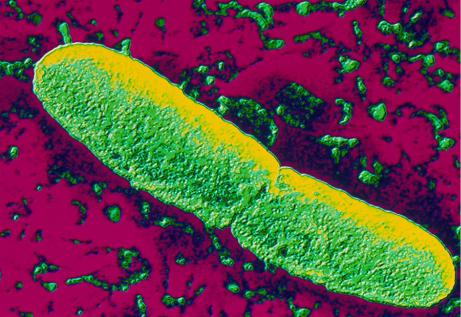
Cell structure and metabolism
•Yersinia pestis is a rod shaped gram-negative bacteria that can also have a spherical shape. It is also covered by a slime envelope that is heat labile. When the bacteria is in a host, it is nonmotile (incapable of self- propelled movement), but when isolated it is motile
•Y. pestis uses aerobic respiration and anaerobic fermentation to produce and consume hydrogen
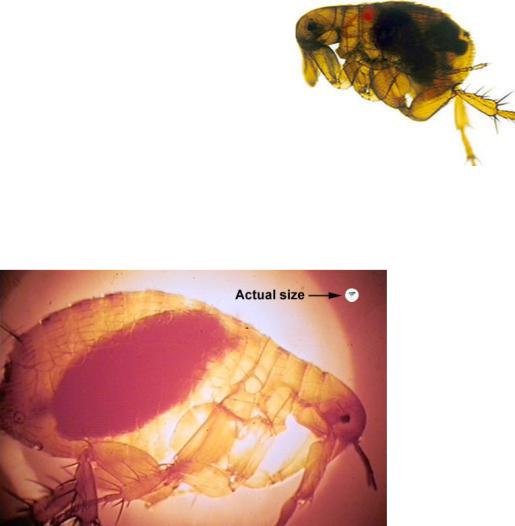
Ecology
•Yersinia pestis interacts mainly with rodents such as rats and fleas. Through these
carriers, Yersinia pestis is able to invade human cells and create diseases. Yersinia pestis are not rich in nuterients and can grow at temperatures ranging from about 26 Celcius to 37 Celcius.
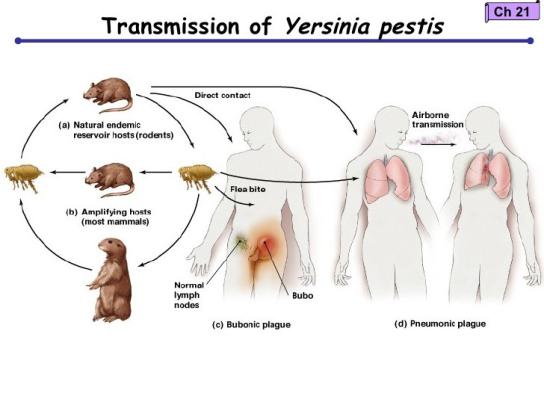
Pathology
•Y. pestis causes diseases through the bite of an infected rat or flea, but can also be transmitted by air. Fleas can become infected by taking the blood of other infected animals. Y. pestis grows in the midgut and eventually blocks the proventriculus, starving the flea for blood (1). The insects attempt to feed more often but end up giving back infected blood into the wound of the bite.
•Symptons include:
Sudden onset of high fever
Emergence of a smooth, painful swelling of the lymph gland(s), called a buboe. The most common area is the groin, but swollen glands may also occur in the armpits or neck. Pain may occur in the area before the swelling
Chills
General discomfort or ill feeling (malaise)Muscular pain
Severe headacheSeizures

Сlinical manifestations of infections, caused by Yersinia pestis |
|
|
• Yersinia pestis infections must be |
|
diagnosed quickly due to the high |
• "The major defense against Y |
virulence of these organisms. |
pestis infection is the development of |
Death from pneumonic plague can |
specific anti-envelope (F1) antibodies, |
occur in as little as 24 hours after |
which serve as opsonins for the |
the first appearance of symptoms. |
virulent organisms, allowing their rapid |
• Yersinia pestis can be killed with |
phagocytosis and destruction while still |
|
within the initial infectious locus. |
mild heat(55°C) and by treatment |
• The immune mechanism against this |
with 0.5 percent phenol for 15 |
disease is extremely complex and |
minutes. It is susceptible to |
involves a combination of humoral and |
streptomycin, |
cellular factors. |
chloramphenicol. |
• The host is immune to virulent rechallenge, the inoculum being eliminated as though the organisms were completely avirulent". Killed Y. pestis vaccines induce some measure of host protection, although it is less effective.

Methods for Prevention and
Vaccines
• According to the Center for Disease control there a preventative measures that can be taken in order to limit the risk of contracting the plague caused by Y. pestis. One of the best ways is to exterminate any rodent populations that are living either in or around one’s home.
• Another suggestion made is to rid pets of fleas, which are known to be major carriers of the plague. There are vaccines that can be used to combat the plague and these vaccines have been around for quite some time, some dating back to around 1890

Conclusion
•The bubonic plague caused by Y. pestis is known to have been one of the most devastating diseases in human history. It has been identified as the cause of the plague of Justinian, the Black Death, and the third plague pandemic. One of the most notable is the Black Death, which was an outbreak of the bubonic plague in 1300’s Europe and wiped out approximately a third of the population. In modern times this disease does not have as devastating an effect as it has had in history.
•There are still outbreaks in rural areas in Asia and South America but is much less disastrous when compared to the historical records. There have even been outbreaks in the Western United States. The preventative measures to be taken are to eradicate any rodent populations that exist near one’s home. There are also vaccines available but these are only required in locations of high plague incidence.
